Slide Show: A Pioneer Garden to Fill All Needs
July 8, 2013
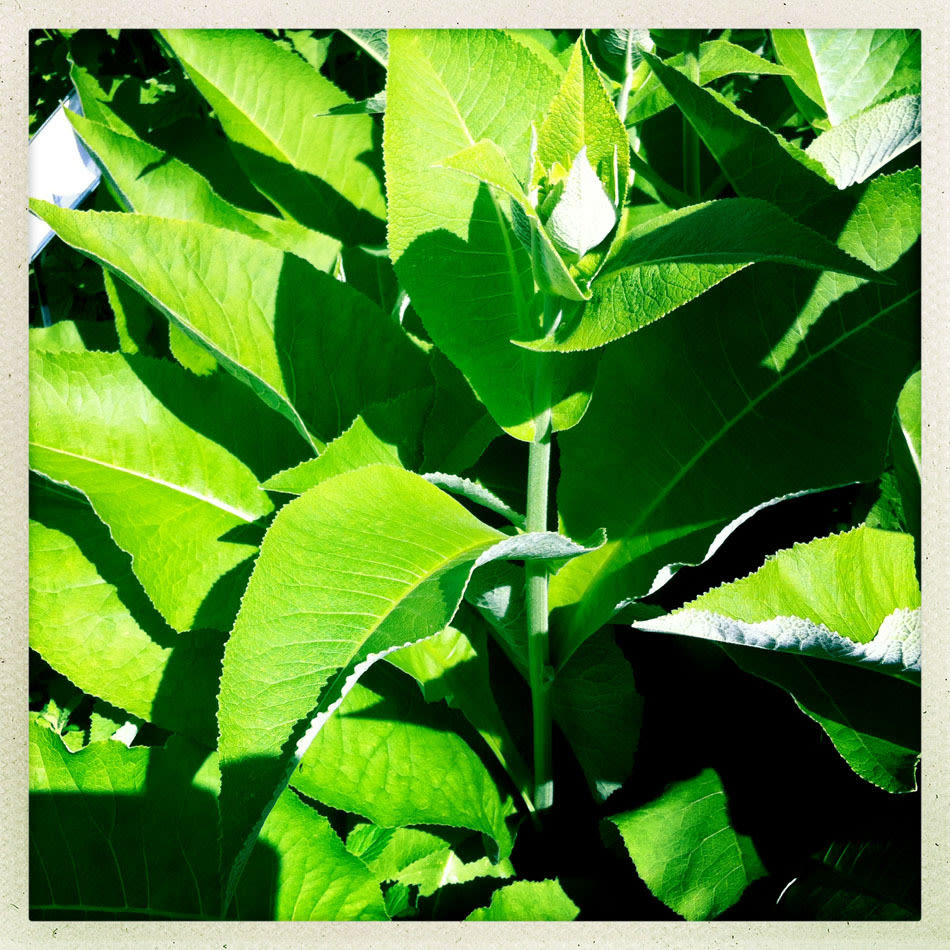
Elecampane
(Inula Helenium) - Originally brought over to the U.S. by European immigrants (which most of the Aurora pioneers were), this herb was used externally for humans and animals to relieve wounds and skin diseases (hence its other name, horseheal). Now used i
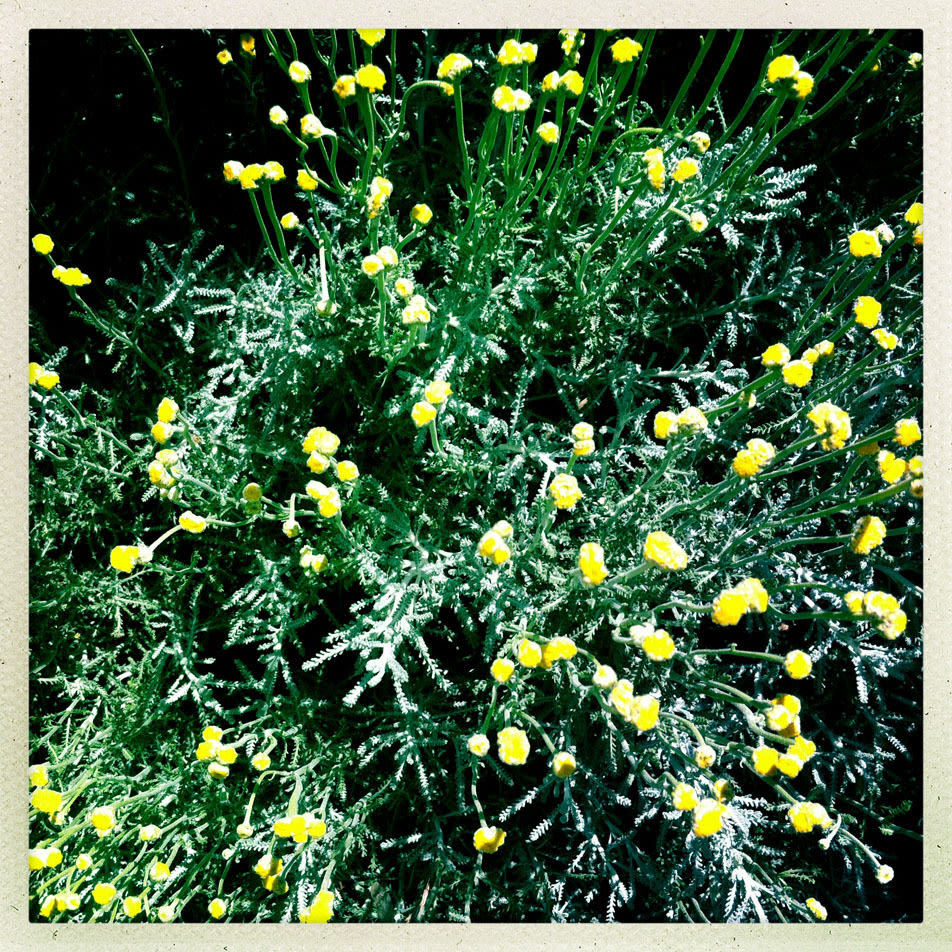
Santolina
(Santolina Chamaecyparissus) - Grows slowly, so it makes a compact hedge. Used for astringent properties, and in sachets to repel moths from clothes drawers.
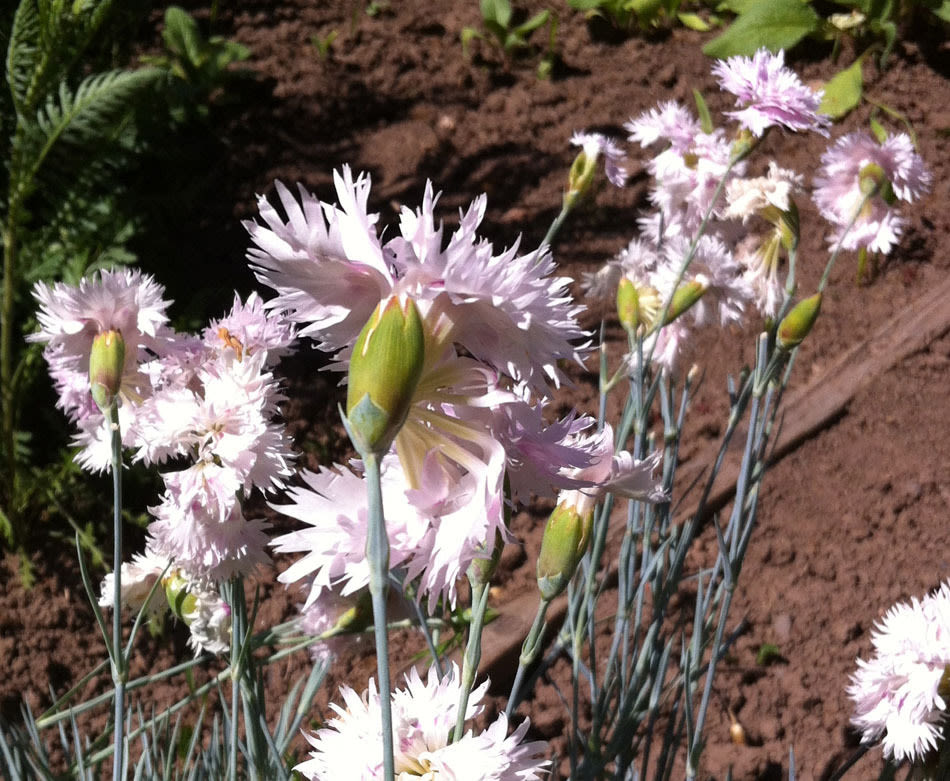
Clove Pinks (Clove Gilleflower)
(Dianthus Caryophyllus) - "Gilly" was the Old English word for “July,” which is when the flower blooms. Used as a tonic cordial, “made from a conserve of the flowers.” Drinks used in celebration cups at coronations and weddings, believed to benefit the h

Calendula (Pot Marigold)
(Calendula Officinalis) – the yellow flower blossoms were used to dye butter, cheese, custards and sauces. Ground blossoms were a cheap saffron replacement. As a tea, it was considered a treatment against measles. Now, gardeners often plant it to deter i
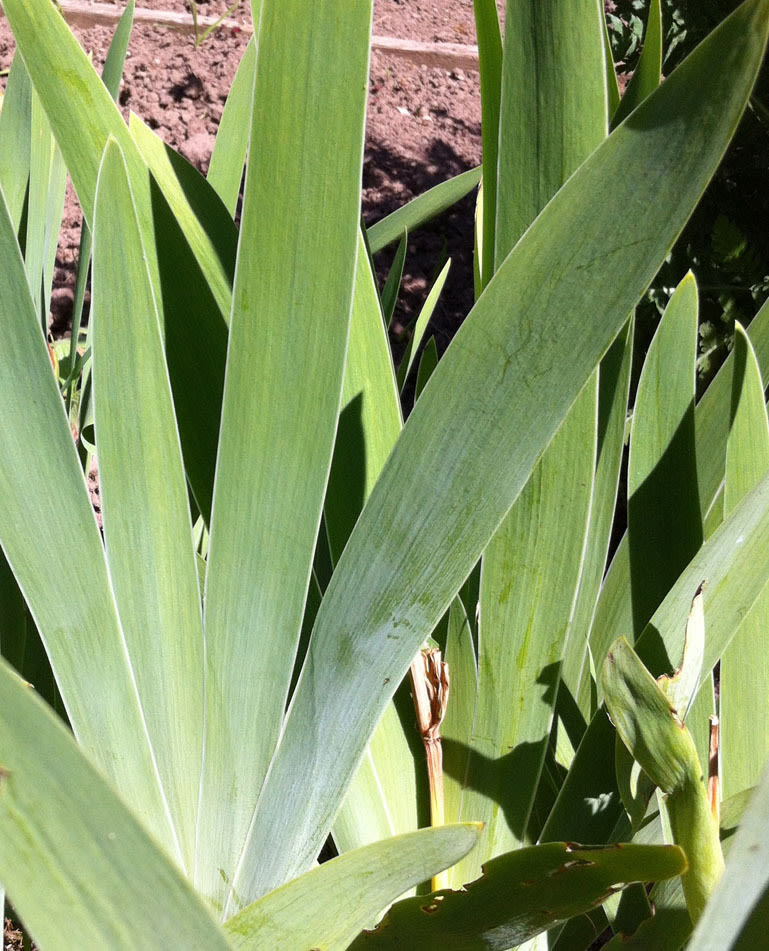
Orris Root
(Iris Germanica var. Florentina) – used since ancient Egyptian and Greek times in perfume; dried, it has a sweet violet fragrance. Mixed with anise, it was used to scent linen. Now, many companies (Prada, Lacroix, St. Laurent) use it to "fix" the fragran

Sweet Cicely
(Myrrhis Odorata) – used since the time of the ancient Greeks as antiseptic and in wine to drink in case of being bit by a poisonous snake, spider or mad dog. All parts are “culinary and have a sweet licorice flavor.” Chew the greens like licorice candy;

French Garlic
(Allium Scorodoprasum) – garlic was “the supreme antiseptic.” It was eaten as a healthy diet supplement that would eliminate impurities in the body, and as a seasoning in cooking. Medicinally, it was used as a sterilizer. Today, of course, it’s culinary
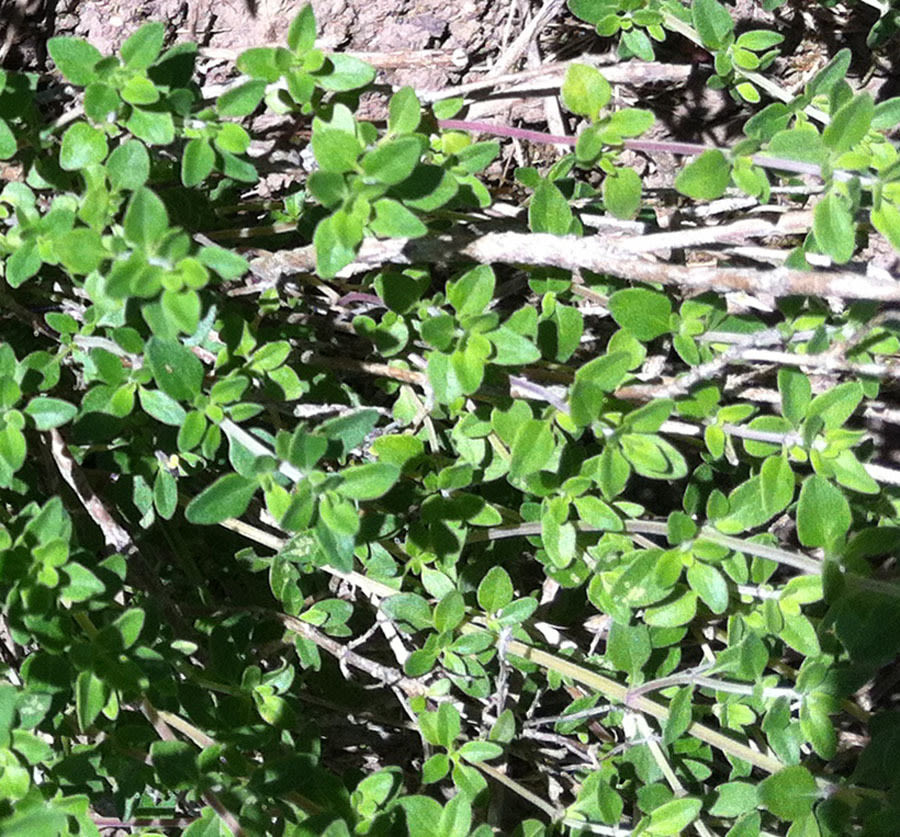
English Thyme
(Thymus Vulgaris) – was thought to give a person courage in battle, and to ward off nightmares (if it were put under one's pillow, in the Middle Ages). Its astringent properties of Thyme oil was used to medicate bandages. Now, it is not only a culinary h
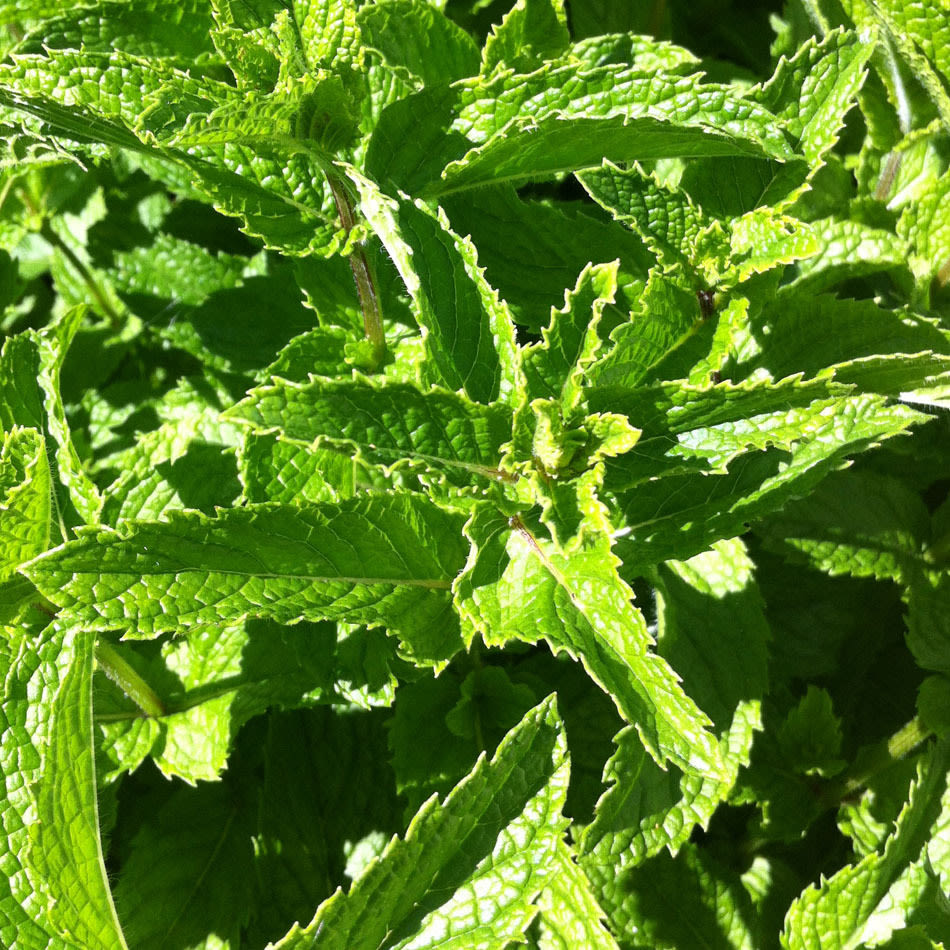
Spearmint
(Mentha Spicata) – treated hiccups, indigestion, vomiting and pneumonia, among other ailments. Was put in bathwater to soothe nerves. A “strong decoction of Spearmint was said to cure chapped hands.” Strewing leaves around the house was thought to deter
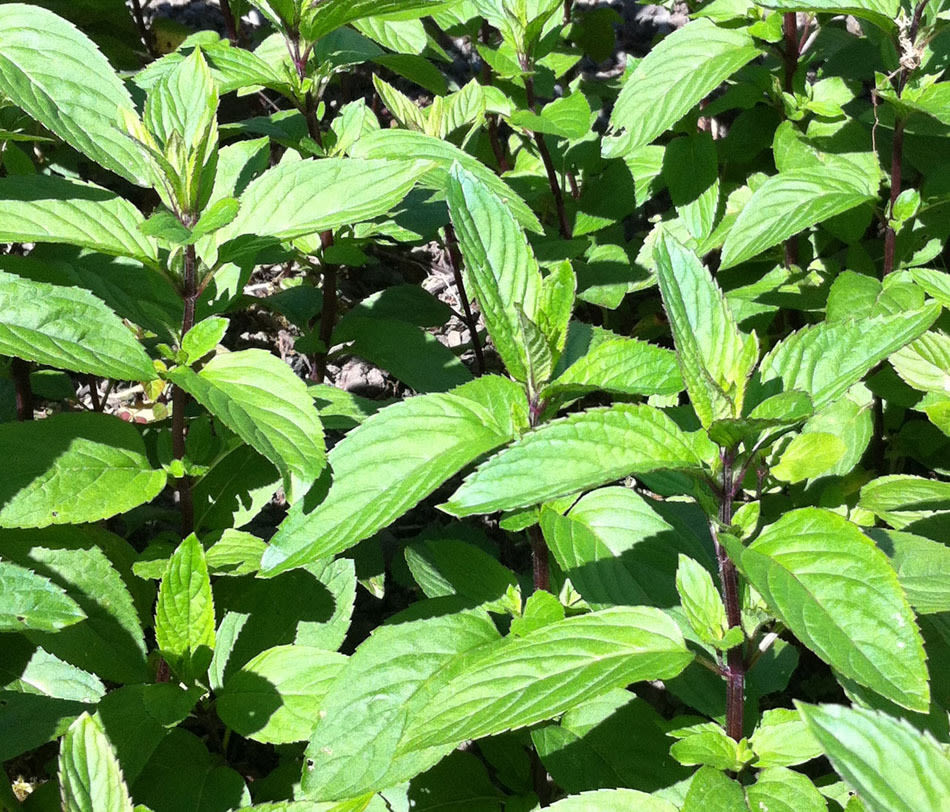
Peppermint
(Mentha Piperita) – used a bug repellent in the garden. As a drink, to prevent colds, and to relieve cramps, colic and indigestion. Gargled to cure mouth and gum sores and freshen breath. Now, peppermint oil flavors candy, toothpaste and medicines. The o
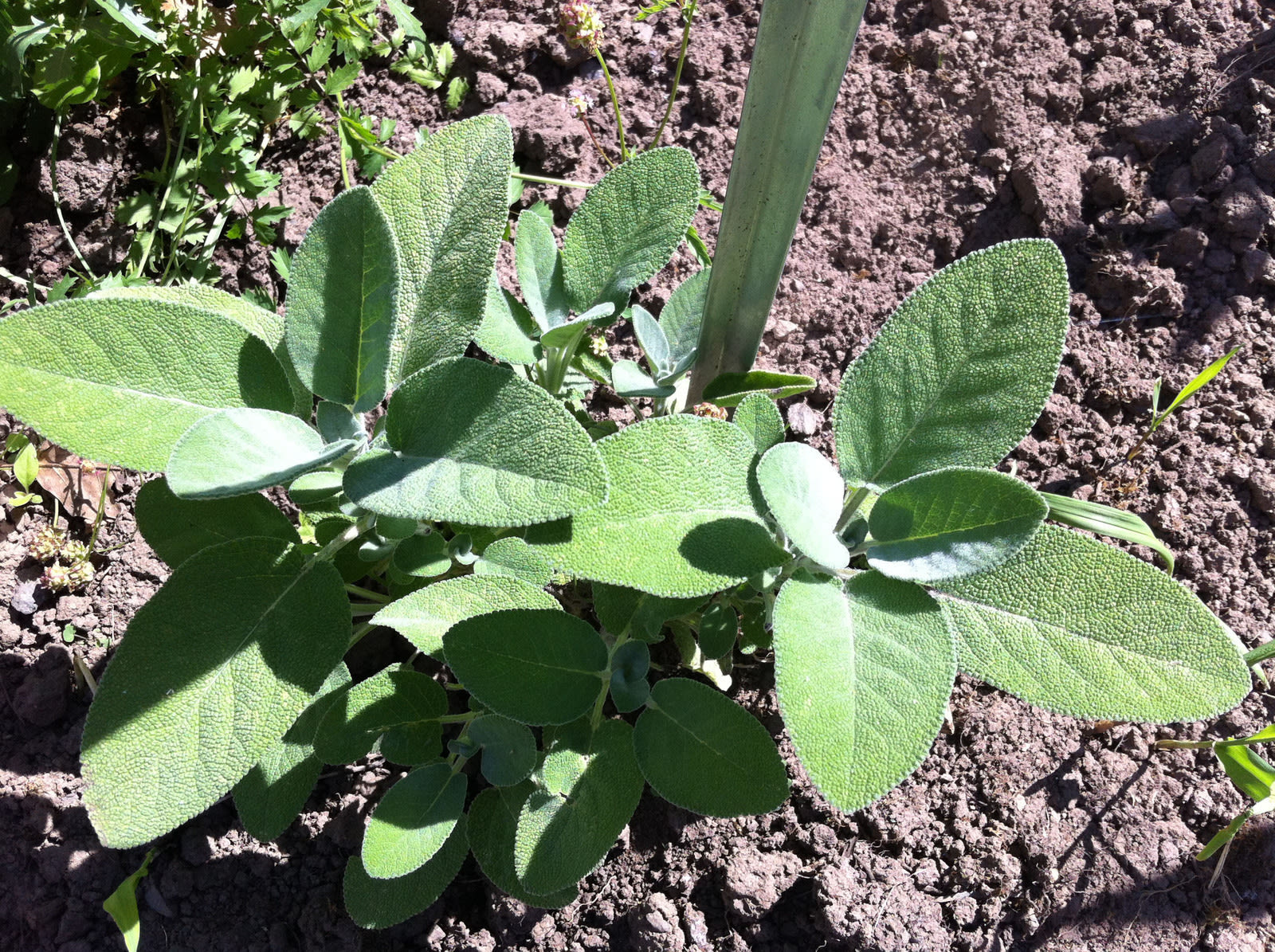
Sage
(Salvia Officinalis) – tea used for coughs, colds, stomach ailments – and to “mend broken bones.” Oh, and to “strengthen the memory,” also. And as a hair rinse to darken graying hair. And to rub on teeth to whiten them! Now, used in cooking to flavor egg

Horseradish
(Cochlearia Armoracia) – used as a poultice to ease limbs and joints aching from arthritis or gout. To remove freckles, the juice was mixed with vinegar. Now, the young leaves are used in salads, or boiled like spinach. Of course, the grated root is a co
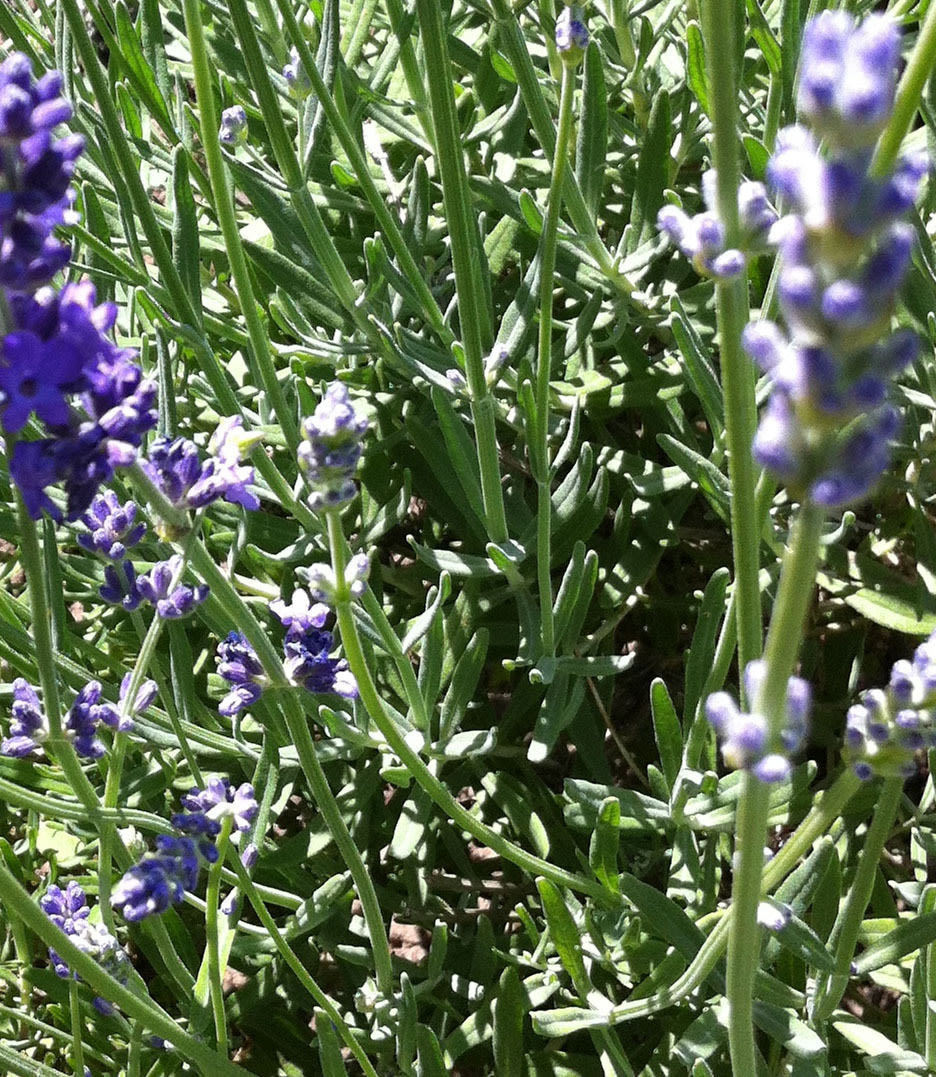
Lavender
(Lavandula Angustifolia) - long appreciated for its fragrance, and thus used in perfumes, baths, ointments and potpourris. As medicine, it “worked as a mild stimulant” and “was said to cure headaches, hysteria and fainting.”
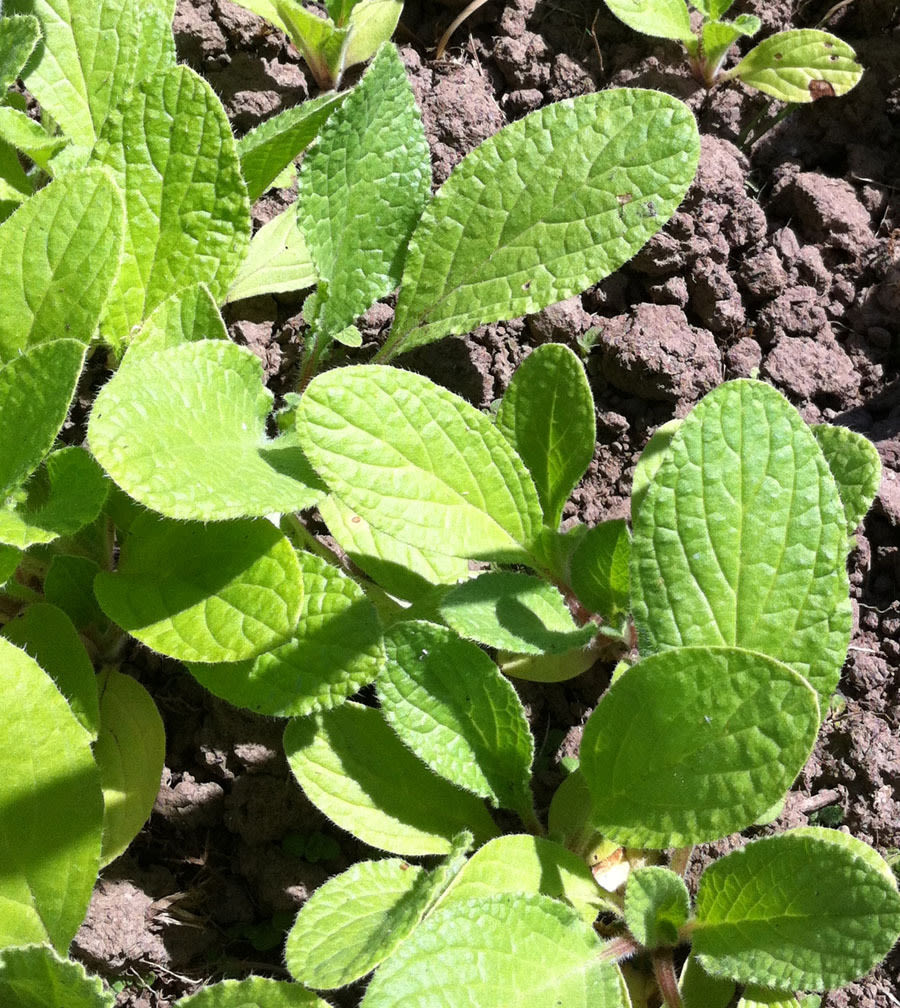
Borage
(Borago Officinalis) – “was considered the herb to ‘make men merry’ and to relieve depressioin. Borage tea was drunk to “bolster courage and calm emotions.” Leaves were used as a poultice to alleviate inflammation. Now, young leaves are used in soups, st
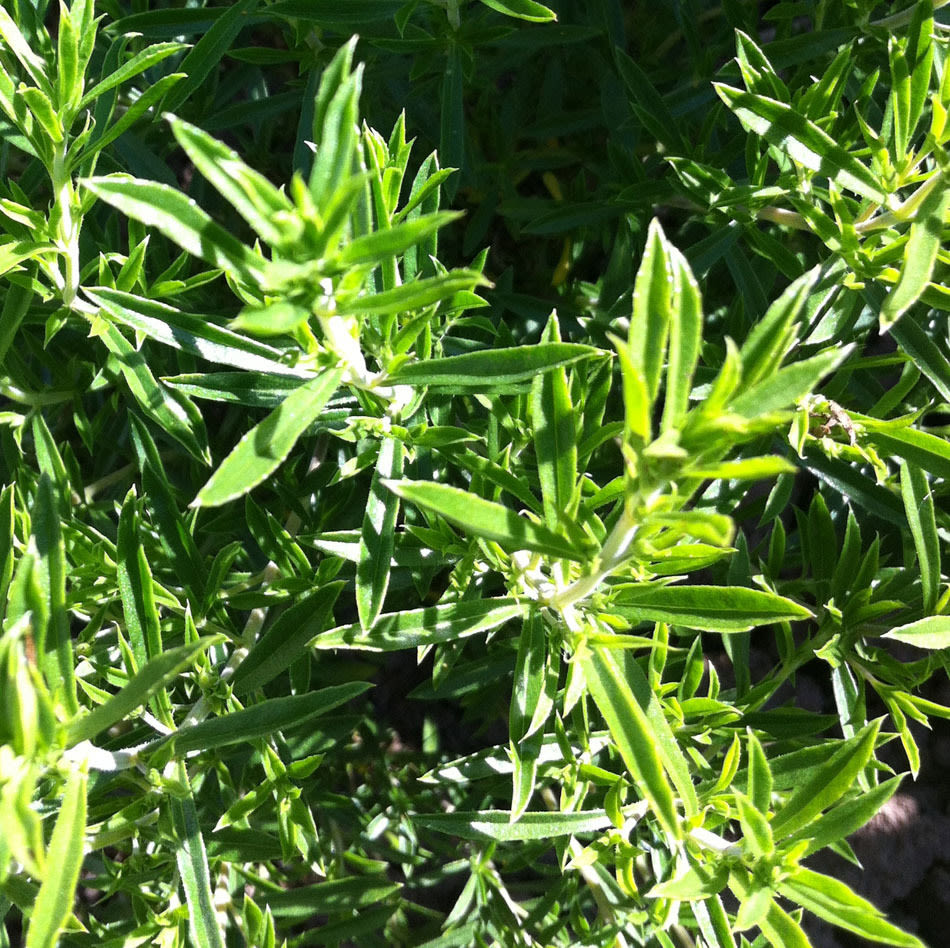
Winter Savory
(Satureja Montana) – used in tea as a remedy for colic, indigestion, cramps, and a sore throat gargle. Leaves crushed for use as a poultice to relieve bee stings, and to treat colds and chest ailments. Oil dropped in the ear was “thought to help deafness
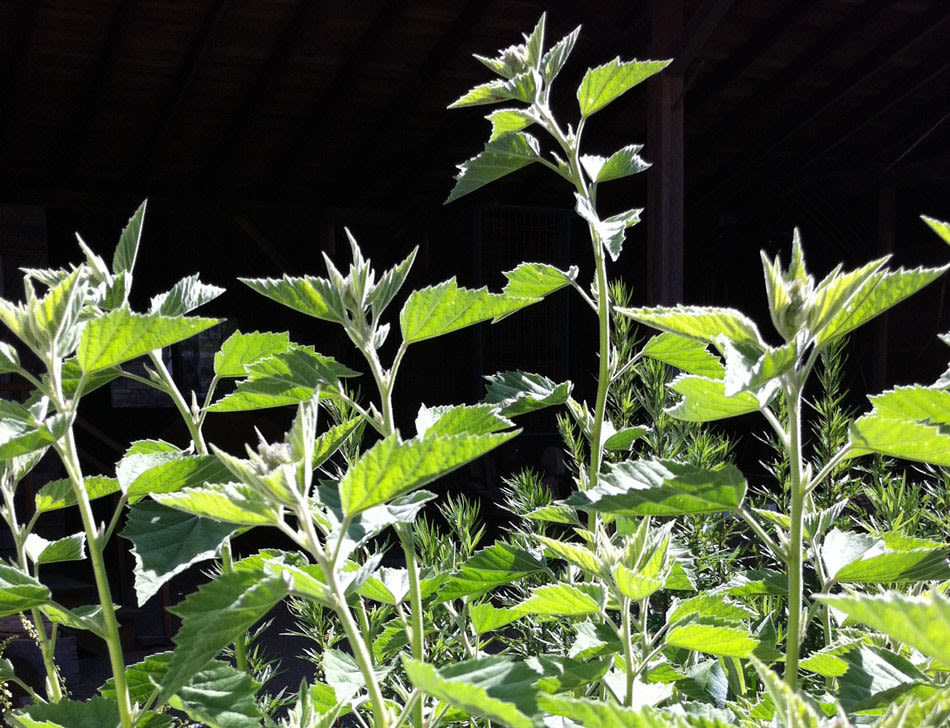
Marshmallow
(Althea Officinalis) - the root was boiled and fried with butter; the young tops in spring were eaten in salads. The juice of the root was mixed with sugar and made into a throat relief or confectionary candy. Now, it is used as a relief for inflammation

Oregano
(Origanum Vulgare) – as a tea drink, it was thought to relieve spasms, colic, indigestion, headaches, and nervousness. Its flowers were used as a purple dye for wool, and a reddish-brown for linen. Considered an antiseptic, it was tossed “over church flo
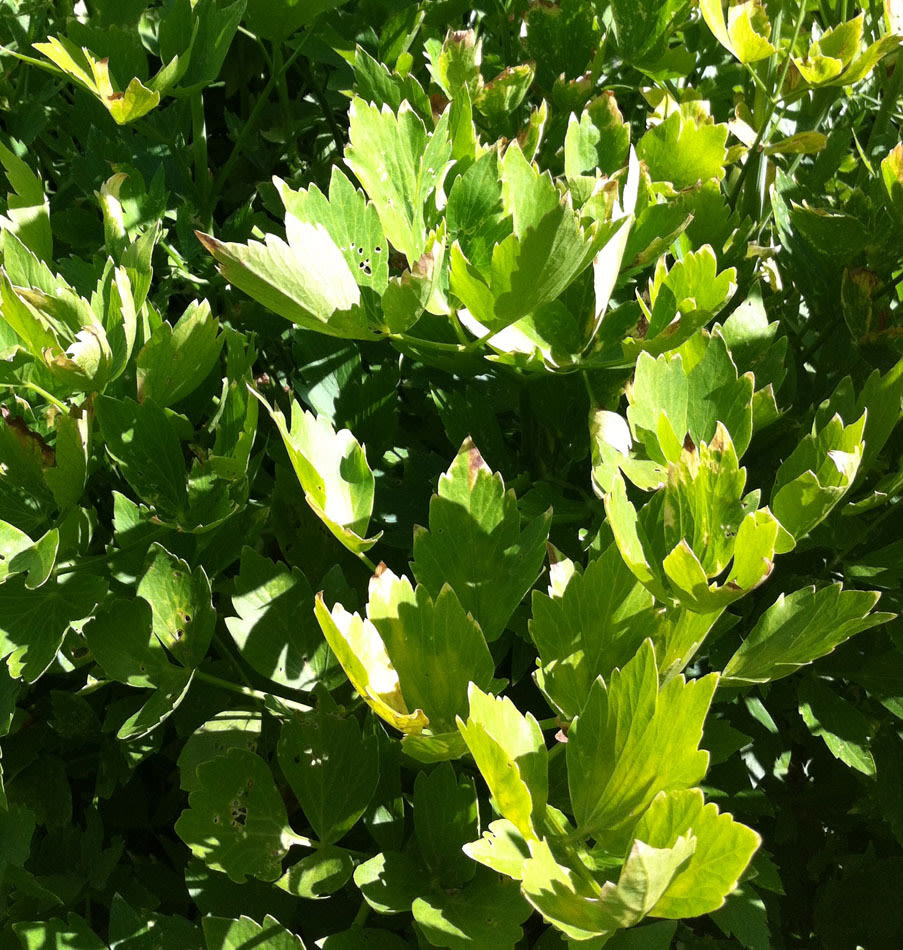
Lovage
(Levisticum Officinale) – ancient cure-all, for everything from improving circulation to deodorizing. Young women would drape a little bag of lovage around their neck to smell sweet when they were “about to meet their true loves.” Now, use leaves for sou
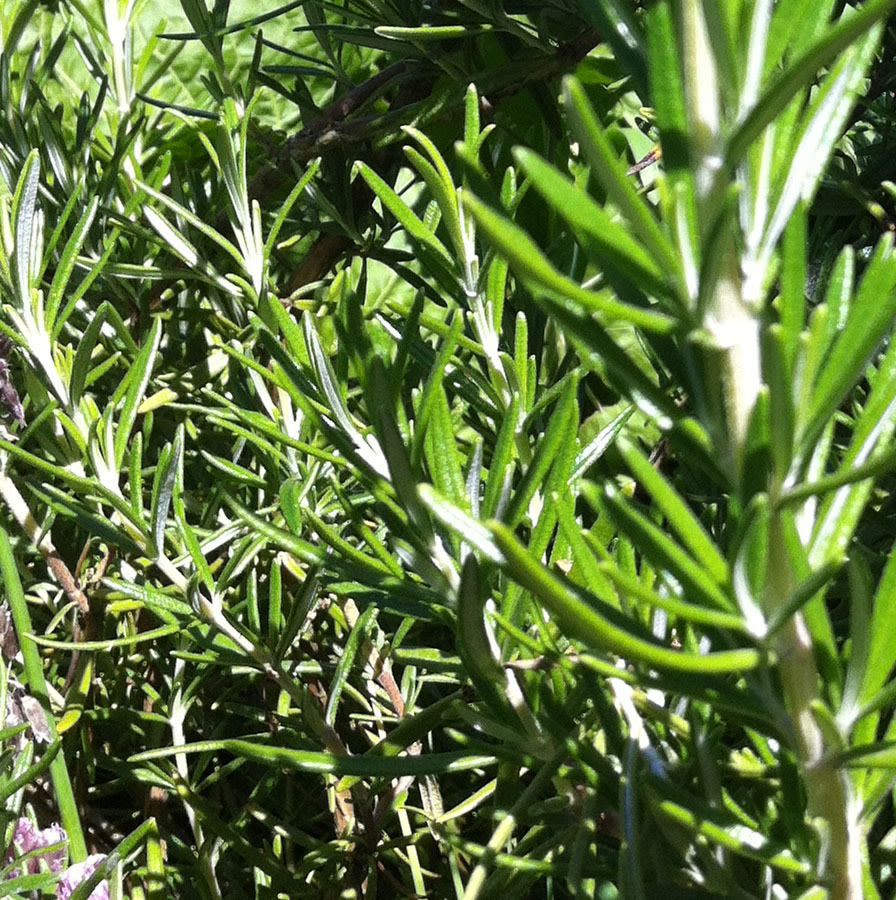
Rosemary
(Rosmarimus Officinalis) – symbolizes friendship, fidelity and remembrance, then and now. Rosemary oil was thought to prevent baldness. Now, it's usually thought to be a good strong flavor complement to chicken or meaty stews. As an infusion, it is a "go
